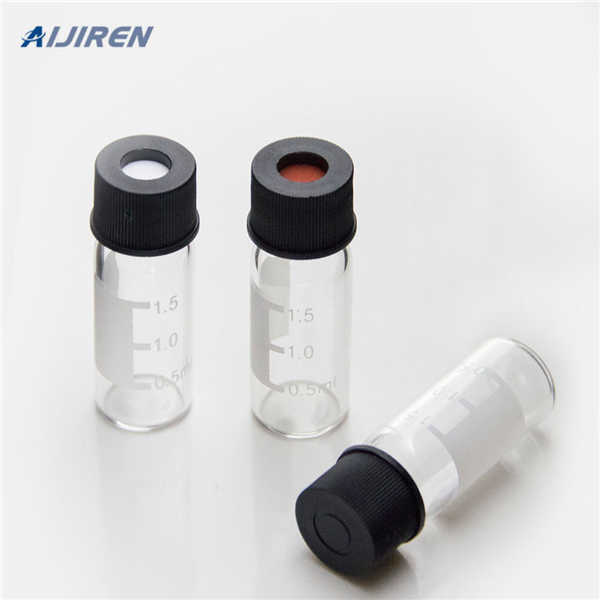
History of Nanotechnology As is the case with many other disciplines, applications of nanotechnology (for example, in making steel and creating paintings) were in use centuries before the field was formally defined. Early contributors to the field include James Clark Maxwell (Scottish physicist and mathematician, 1831-1879) and Richard Adolf Zsigmondy (Austrian-German chemist, 1865-1929

In 1974, the term nanotechnology was created by Japanese Professor Norio Taniguchi, while working on the development of ultra-precision machines. He labelled precision machining with a tolerance of a micron or less. The innovations of the 80s in nanotechnology’s domain allowed the observation of materials at an incomparable atomic scale.

Nov 1, 2022 · Plastics of any kind are harmful if not properly managed. Plastics will naturally break down in the environment through various modes such as fragmentation and weathering involving ultraviolet radiation, the force of water, and cellular process, all of which will cause the particle to break down into microplastics with the size range of 0.1 to 5000 μm and nanoplastics with a size range ≈ 1

Nanotechnology involves a new and broad science where diverse fields such as physics, chemistry, biology, materials science, and engineering converge at the nanoscale. It is also important to understand that nanoscale materials are found in nature.

Mar 12, 2021 · There remains a large research gap in translating energy harvesting device technologies to power IoT 2 systems at the sub-mm scale. 3.1 Comparison of Modalities. The physical interactions governing energy conversion pose unique challenges to scaling down system dimensions.

8. Sartorius Minisart™ PES Syringe Filters. Minisart™ PES with polyethersulfone (PES) is optimal for highest flow rates and a pH of 2 - 13. Type 1776D with a pore size of 0.22 μm can be used for sterile filtration and has a male luer slip outlet. Version ACK is individually packed and sterilized by ethylene oxide (EO).

Oct 16, 2023 · Nanotechnology for electrochemical energy storage. Adopting a nanoscale approach to developing materials and designing experiments benefits research on batteries, supercapacitors and hybrid

Sep 23, 2015 · Scaling laws are useful for understanding of such differences and to generalize results at various scale. Like other fields scaling down have very promising effect on photovoltaic technology as a

The most commonly used syringe filter pore sizes are 0.2/0.22 um and 0.45 um syringe filters, for research and medical applications. The pore size to be used is usually determined by the particle size to be eliminated.

Apr 7, 2020 · Explore further. Researchers at University College Dublin (UCD) have discovered a new energy-efficient method to generate and release substantial volumes of metastable, nano-scale gas bubbles in

The booming global nanotechnology market is projected to exceed US$ 125 billion by 2024. 8 The commercialization of research outcomes resulting from the synthesis and application of nanotechnology therefore not only bears significant potential for benefit to society through their various applications but is profitable. As a result

Electron micrograph of detonation nanodiamonds. Nanodiamonds, or diamond nanoparticles, are diamonds with a size below 100 nanometers. [2] They can be produced by impact events such as an explosion or meteoritic impacts. Because of their inexpensive, large-scale synthesis, potential for surface functionalization, and high biocompatibility

Jun 8, 2016 · In this study, using polymersomes as a model system, we explore four techniques for purifying pre-formed nanoparticles into discrete fractions based on their size, shape or density. We show that

Syringe filters are attached to the end of a syringe to remove particles from a sample prior to analysis. Filtering liquids, the single-use devices force liquids through the filter either when fluids are initially drawn or delivered. Circular shaped in diameters that fit common syringe sizes, the cartridges remove fragments that would otherwise

Jun 26, 2023 · For example, the injectable drug bevacizumab can be used to treat macular degeneration, a leading cause of blindness. But even though it’s effective, dosing adherence is notoriously low